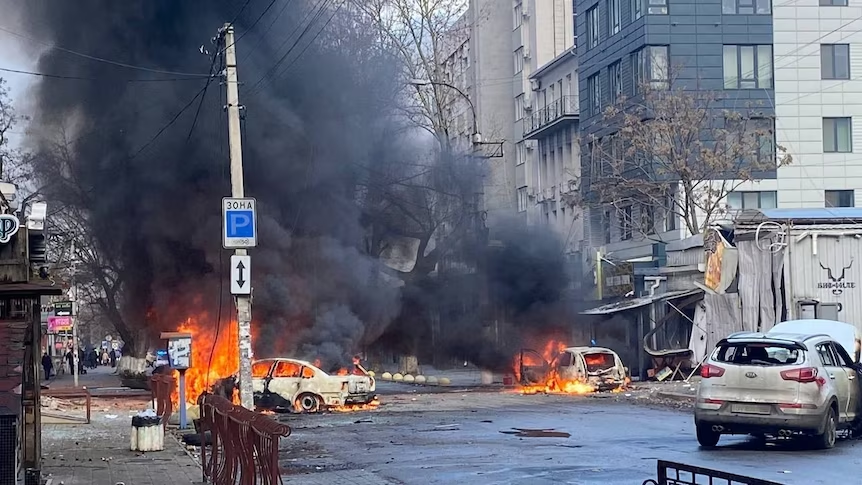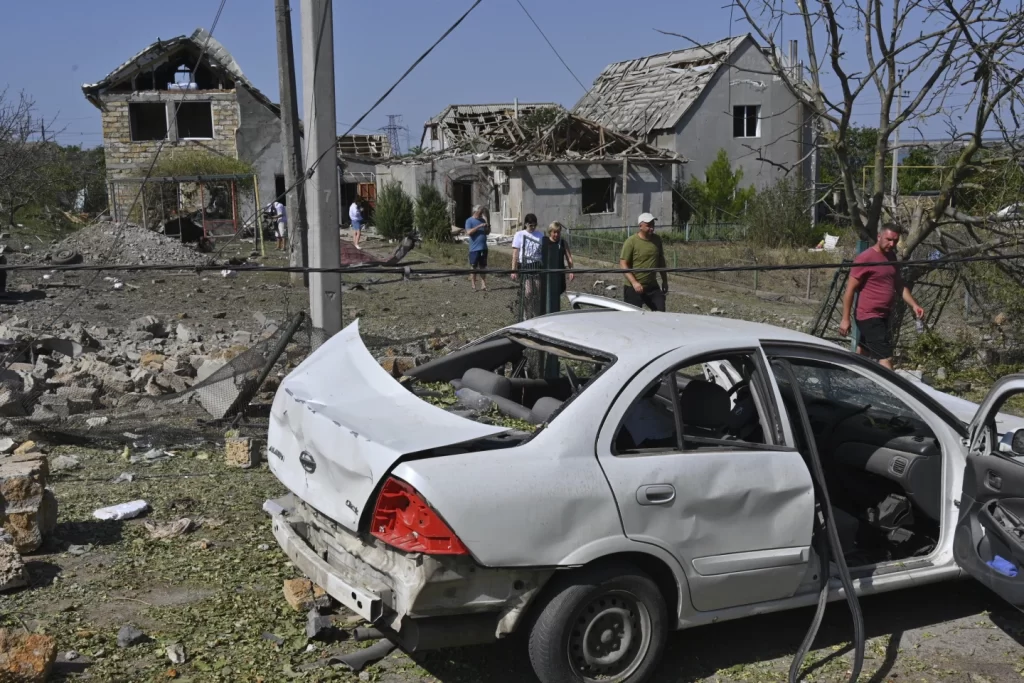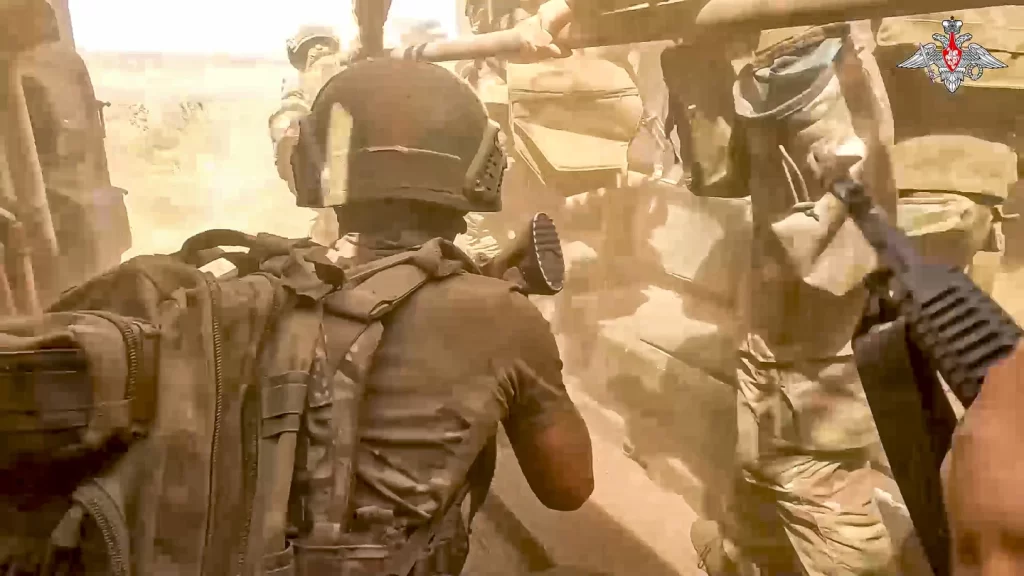Russia unleashed several waves of missile and drone attacks across numerous Ukrainian regions early Tuesday, killing at least four people, according to Ukraine’s military. The assault comes just a day after Moscow conducted its largest air offensive of the war, further escalating the conflict that has raged since February 2022.

In the central Ukrainian city of Kryvyi Rih, a hotel was reportedly “wiped out” by Russian strikes, resulting in two fatalities, regional officials stated. Another two individuals lost their lives in drone attacks on Zaporizhzhia, a city east of Kryvyi Rih. The full extent of casualties and damage was still being assessed as the attacks continued.
Kyiv, the nation’s capital, once again found itself under fire. The region’s military administration reported that air defense systems were activated multiple times overnight to intercept missiles and drones targeting the city. Reuters witnesses in Kyiv reported at least three distinct rounds of explosions throughout the night, underlining the intensity of the assault.
This latest barrage follows Monday’s massive attack, during which Russia launched over 200 missiles and drones, killing at least seven people and significantly damaging energy infrastructure across Ukraine. U.S. President Joe Biden condemned Monday’s strikes as “outrageous,” highlighting the international concern over the escalating violence.

The Washington-based Institute for the Study of War suggested in a recent analysis that Moscow might struggle to sustain such large-scale attacks regularly, citing potential limitations in Russia’s defense-industrial capacity. However, the consecutive days of intense bombardment indicate Russia’s continued ability and willingness to launch significant offensives.
Several Russian military bloggers, including the pro-war collective known as Rybar, characterized the attacks as retaliation for Ukraine’s recent incursion into Russian territory – a bold move not seen since World War II. The Kremlin had previously promised a response to this Ukrainian action in the Kursk region, though Kyiv claims to have made further advances in the area.
As of early Tuesday, the full scope of the latest attacks remained unclear. Ukraine’s air force reported detecting the launch of multiple drone groups and the takeoff of Russian Tu-85 strategic bombers and MiG-31 supersonic interceptor aircraft from Russian airfields, signaling a coordinated and multi-faceted assault.

In Kryvyi Rih, Governor Serhiy Lisak of the Dnipropetrovsk region reported that two civilians might still be trapped under the rubble of the destroyed hotel, with five others injured. The attack also damaged six shops, four high-rise buildings, and eight vehicles, underscoring the indiscriminate nature of the strikes.
Zaporizhzhia Governor Ivan Fedorov confirmed two deaths and four injuries in his region, attributing the casualties to attacks by Iranian-made Shahed kamikaze drones, which Ukraine claims Russia frequently employs in its offensive operations.
As Ukraine grapples with this renewed onslaught, the international community watches closely. The continued targeting of civilian areas and critical infrastructure has raised further concerns about the war’s humanitarian impact and the potential for broader regional destabilization.

The Russian defense ministry maintains that its strikes on Monday hit “all designated targets” in Ukraine’s critical energy infrastructure, adhering to its narrative of targeting military-related facilities. However, the mounting civilian toll and widespread damage to non-military structures continue to challenge these claims.
As the conflict intensifies, Ukrainian officials reiterate their calls for increased international support, particularly in bolstering air defense capabilities to protect civilian populations and critical infrastructure from these persistent and devastating attacks.



